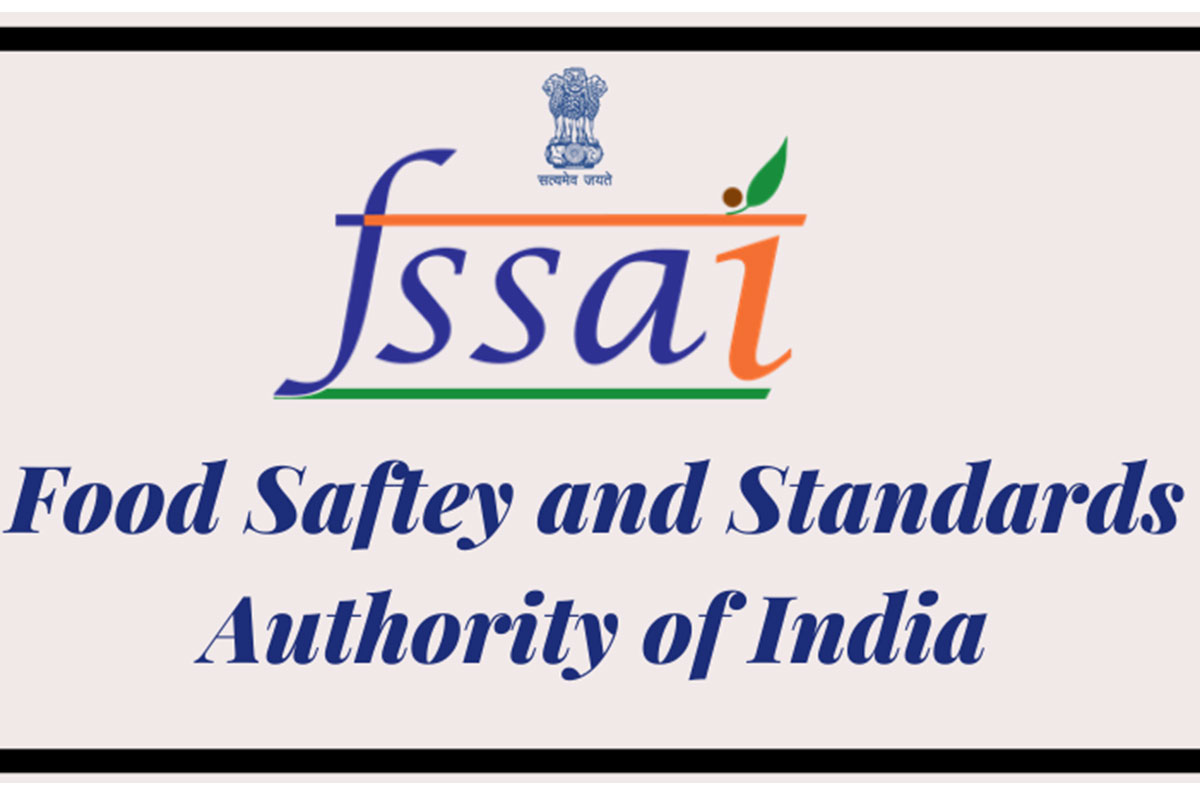The Union Health Ministry on Sunday said the media reports claiming that the Food Safety and Standards Authority of India (FSSAI) allows 10 times more pesticide residue than the allowed limit in herbs and spices, are false and malicious.
The Ministry said that India has one of the most stringent standards of Maximum Residue Limits (MRLs) in the world and MRLs of pesticides are fixed differently for different food commodities based on their risk assessments.
Advertisement
“Pesticides are regulated by the Ministry of Agriculture and Farmers Welfare (MoA and FW) through the Central Insecticide Board and Registration Committee (CIB and RC) constituted under Insecticide Act,1968. The CIB and RC regulate the manufacturing, import, transport, storage of pesticides and accordingly the pesticides are registered/banned/restricted,” it said.
The Ministry said the Scientific Panel on Pesticides Residues of FSSAI examines the data received through CIB and RC and recommends the MRLs after performing risk assessment considering the dietary consumption of Indian population and health concerns in respect of all age groups.
Total pesticides registered by the CIB and RC in India are more than 295, out of which 139 pesticides are registered for use in spices. Codex has adopted a total 243 pesticides out of which 75 pesticides are applicable for spices, it said.
“A pesticide is registered on many food commodities with different MRLs based on risk assessment data. For instance, the use of Monocrotophos is allowed on many crops with different MRLs such as rice at 0.03 mg/kg, citrus fruits at 0.2 mg/kg, coffee beans at 0.1 mg/kg and cardamom 0.5 mg/kg, chilli at 0.2 mg/kg,” the Ministry said.
The MRL of 0.01 mg/kg was applicable in case of pesticides for which MRLs have not been fixed. This limit was increased to 0.1 mg/kg only in cases of spices and is applicable only for those pesticides which are not registered in India by CIB and RC, it said.
The Ministry said the MRLs fixed by CODEX for Myclobutanil used for chilli is 20 mg/kg whereas the limit set by FSSAI is 2mg/kg.
Codex Alimentarius Commission (CAC) is the food safety and quality standard-setting body created by the UN.
For Spiromesifen, used for Chilli, Codex limit is 5 mg/kg whereas FSSAI limit is 1 mg/kg. Similarly, Codex standards for Metalaxyl and Metalaxyl-M used for black pepper is 2mg/kg whereas the limit set by FSSAI is 0.5 mg/kg, it added.
Recently, leading Indian spice brands MDH and Everest came under scrutiny when Hong Kong and Singapore suspended sales of certain spice blends. This suspension was triggered by elevated levels of a pesticide deemed unsuitable for human consumption due to its association with long-term cancer risks.











